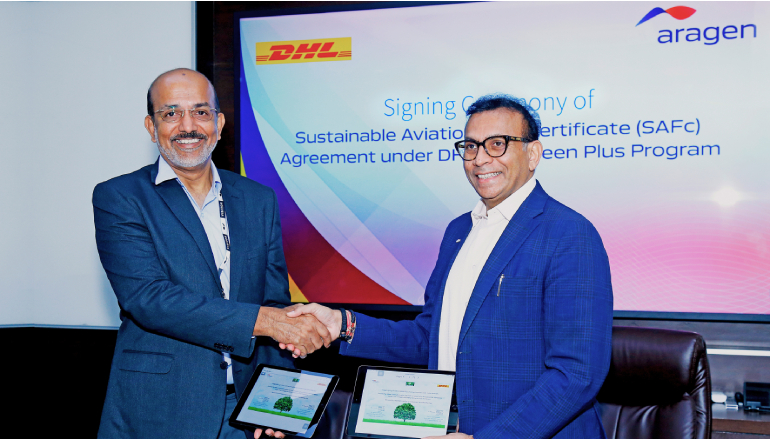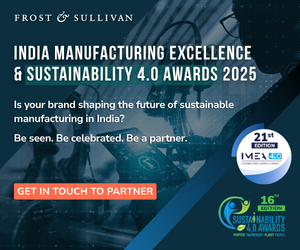This year’s Nobel Prize in Chemistry has been awarded to the pioneers of metal-organic frameworks, or MOFs—a class of porous, crystalline materials.
Susumu Kitagawa of Kyoto University (Japan), Richard Robson of the University of Melbourne (Australia), and Omar M. Yaghi of the University of California, Berkeley (USA) share the prize for creating molecular constructions with vast internal spaces that are already being deployed to address some of the world’s most critical sustainability challenges.
The MOF technology:
The awarded innovation centers on a class of porous materials known as metal-organic frameworks, or MOFs. In these microscopic constructions, metal ions serve as precise cornerstones, connected by long, carbon-based organic molecules. Together, these building blocks self-assemble into crystals featuring large, stable cavities and channels. The breakthrough lies in its customizability: by varying the metal and organic links, chemists can design MOFs to capture, store, or catalyze specific substances with precision.
According to Professor Heinerm Linke, Chair of the Nobel Committee for Chemistry, “The work on MOFs represents a quantum leap in materials science. These crystals are not merely theoretical marvels; they are practical, scalable solutions that directly address global warming by capturing CO₂ and purifying water at the molecular level.”
Advancing global sustainability goals:
The applications of MOFs directly align with several United Nations sustainable development goals (SDGs), making this a financially and environmentally crucial scientific development.
Their ability to capture carbon dioxide and store toxic gases directly supports SDG 13 (climate action) and SDG 12 (responsible consumption and production), providing scalable solutions for industrial decarbonization and cleaner manufacturing processes. Furthermore, the technology’s capacity to harvest potable water from desert air is a game-changer for SDG 6 (clean water and sanitation), offering decentralized solutions to water scarcity in arid regions. Other uses include safely storing hydrogen for cleaner energy (SDG 7) and catalyzing chemical reactions, promoting innovation (SDG 9).
Post-discovery, research has surged, focusing on leveraging these structures for everything from advanced drug delivery to ultra-efficient electricity conduction, ensuring that the legacy of Kitagawa, Robson, and Yaghi continues to redefine the future of material engineering for a sustainable planet.












